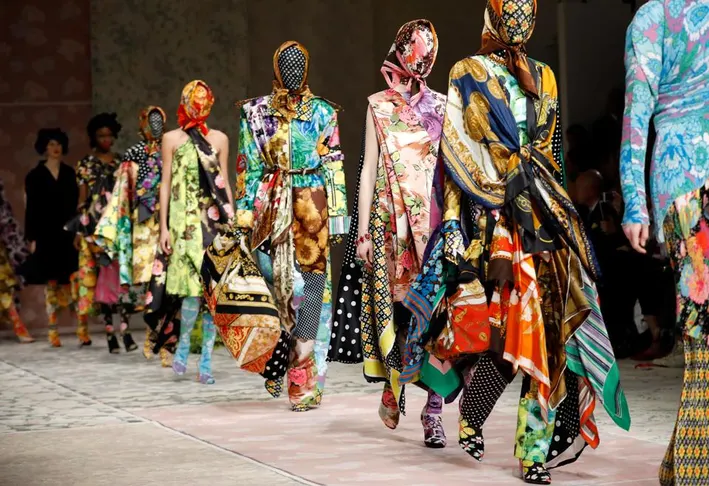The Origins and Cultural Significance of Plaid Cotton Cloth
Plaid cotton cloth, often associated with rustic charm and contemporary fashion, has its origins deeply rooted in the rich textile traditions of India. Historically, this fabric was crafted using intricate weaving techniques that were handed down through generations. Indian artisans utilized handlooms to produce the iconic plaid patterns, blending skill and creativity to create fabric that was both durable and visually appealing.
The vibrant dyes used in plaid cotton cloth were derived from natural sources such as plants, minerals, and insects. These dyes not only offered a wide palette of colors but also ensured the longevity of the fabric’s hues. The resulting patterns were a testament to the ingenuity of Indian weavers, who could interlace threads of various colors to form striking, geometric designs that caught the eye and stood the test of time.
In Indian culture, plaid cotton cloth served multiple purposes, from everyday wear to ceremonial attire. Its versatility made it a staple in households, where it was used for everything from clothing to home furnishings. The fabric’s cultural significance was further highlighted by its role in traditional practices and festivities, where it often symbolized status and community identity.
The journey of plaid cotton cloth from India to Western markets was driven by a combination of socioeconomic factors. The burgeoning European demand for exotic textiles in the 17th and 18th centuries led to increased trade with India. As a result, Indian plaid cotton cloth began to make its way to Western shores, where it was initially valued for its quality and craftsmanship.
Western fashion houses soon recognized the potential of plaid cotton cloth, integrating it into their collections and propelling it into the fashion spotlight. The fabric’s adaptability and aesthetic appeal made it a favorite among designers and consumers alike, leading to its widespread adoption and eventual status as a luxury symbol in the 1960s American fashion scene.
The 1960s marked a pivotal era for plaid cotton cloth, transforming it from a modest Indian fabric into a symbol of American luxury. Key fashion brands such as Ralph Lauren and Brooks Brothers played a significant role in this metamorphosis. They skillfully integrated plaid cotton into their collections, featuring it in light summer dresses, shirts, and shorts that exuded a sense of effortless elegance.
These fashion houses were instrumental in associating plaid cotton with affluence and high society. The fabric became a staple at country club gatherings, where it was synonymous with the leisurely lifestyles of the elite. Additionally, plaid cotton garments were often spotted during sailing holidays in the Bahamas, further cementing their status as a luxury item. The visual imagery of well-dressed individuals enjoying such exclusive pastimes contributed significantly to the fabric’s elevated perception.
Marketing strategies were a critical component in the rise of plaid cotton as a luxury material. Fashion magazines and advertisements frequently showcased celebrities and socialites wearing plaid, presenting it as both fashionable and desirable. This strategic branding effectively positioned plaid cotton as a must-have for those aspiring to an affluent lifestyle.
Cultural shifts during the 1960s also played a role in this transformation. As America experienced a surge in disposable income, there was a growing demand for casual yet sophisticated clothing. Plaid cotton perfectly met this need, offering a blend of comfort and style that appealed to the burgeoning middle and upper classes. The fabric’s versatility allowed it to be dressed up or down, making it suitable for various high-end occasions.
Ultimately, the confluence of strategic branding, cultural trends, and the efforts of influential fashion brands elevated plaid cotton from its humble beginnings to a symbol of luxury in 1960s America. It became more than just a fabric; it was an emblem of a lifestyle marked by elegance and exclusivity.



































